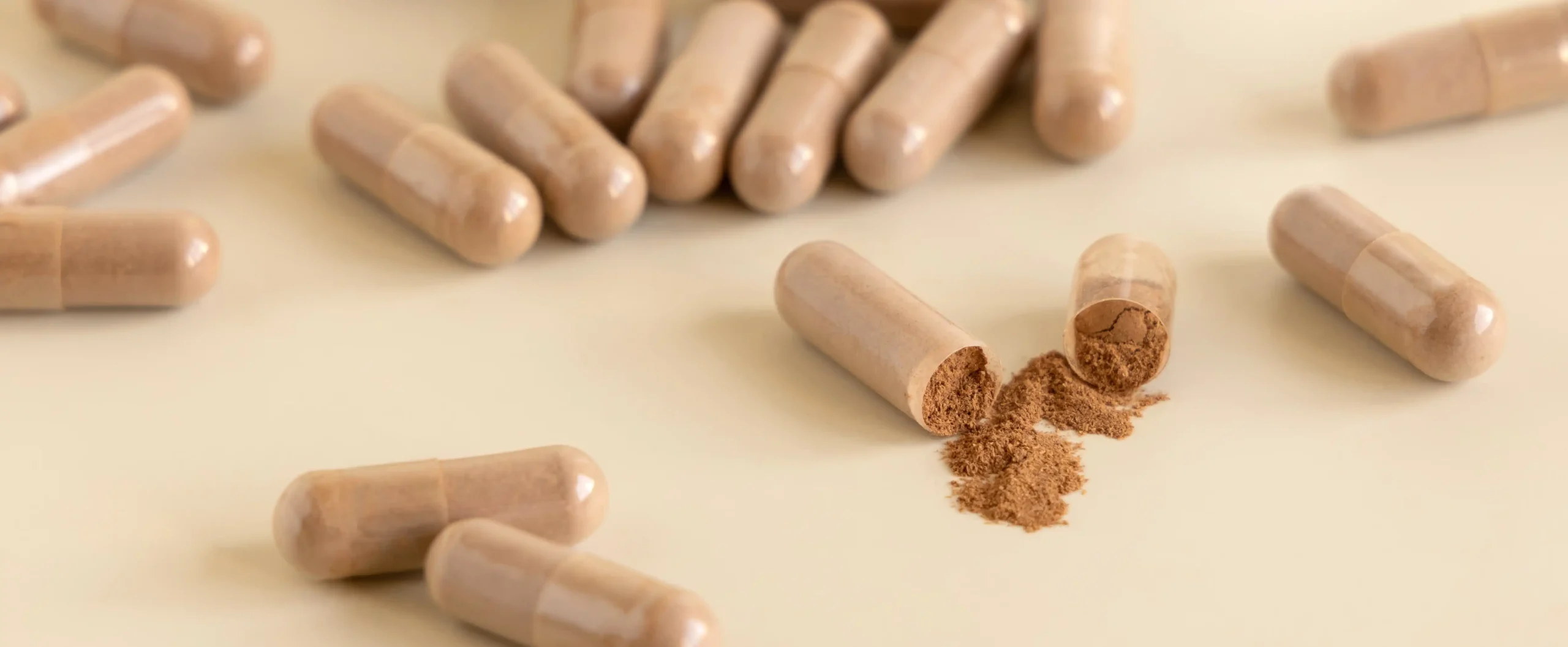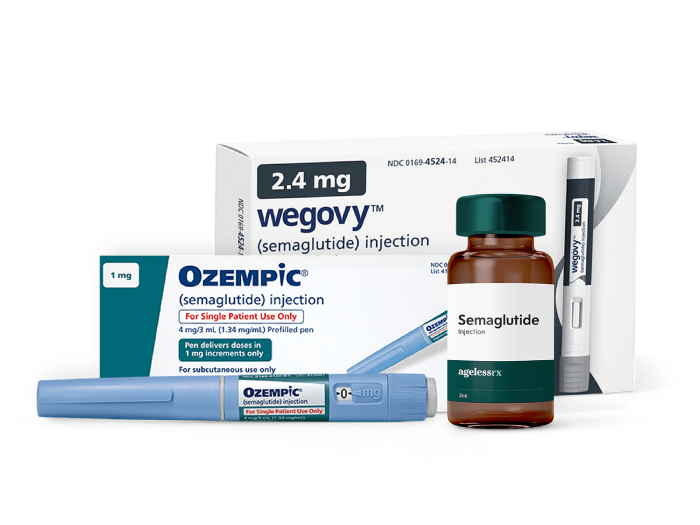Protecting Consumers from Potential Carcinogen Exposure in Cosmetics
The United States Food and Drug Administration (FDA) has recently unveiled a proposal aimed at establishing standardized testing protocols for detecting asbestos in cosmetic products containing talc. This initiative, if implemented, would serve to enhance consumer protection against potential exposure to asbestos, a known carcinogen, through the use of talc-based cosmetics. The proposed rule is in line with the agency’s commitment to fulfilling the requirements set forth by the Modernization of Cosmetics Regulation Act of 2022 (MoCRA), specifically section 3505.
Dr. Linda Katz, who heads the FDA’s Office of Cosmetics and Colors, emphasized the agency’s longstanding efforts in this area. “We’ve been actively involved in sampling and analyzing talc-containing cosmetics for asbestos presence, while also collaborating with other federal entities to mitigate consumers’ risk of exposure to this carcinogen from contaminated talc-based cosmetic items,” Dr. Katz stated. She further noted that the FDA has conducted a thorough evaluation of scientific evidence and intricate policy matters related to asbestos detection in talc and talc-containing cosmetic products.
Talc, a naturally occurring mineral, is widely used in cosmetics and personal care products for various purposes, including moisture absorption, prevention of caking, opacity enhancement in facial makeup, and texture improvement. However, the mineral’s natural co-occurrence with asbestos in certain rock formations poses a contamination risk during the mining process, necessitating rigorous testing of talc-containing cosmetic products.
The proposed rule outlines a comprehensive analytical approach for asbestos detection. Manufacturers would be required to employ both Polarized Light Microscopy (PLM) with dispersion staining and Transmission Electron Microscopy (TEM) coupled with Energy Dispersive Spectroscopy (EDS) and Selected Area Electron Diffraction (SAED). Alternatively, manufacturers could rely on a certificate of analysis from their talc suppliers. The proposal also includes provisions for mandatory record-keeping to demonstrate compliance with the testing requirements.
Upon finalization of the rule, any cosmetic products found to be non-compliant with the testing or record-keeping requirements would be classified as adulterated under the Federal Food, Drug, and Cosmetic Act (FD&C Act). Moreover, the presence of asbestos in either a cosmetic product or the talc used in its production would result in the product being deemed adulterated.
The FDA is actively seeking public input on this proposed rule, with a 90-day comment period commencing from the date of publication in the Federal Register. Following the closure of the comment period, the agency will review and consider all feedback received as it works towards developing the final rule.
Commentary by SuppBase columnist Alice Winters:

The FDA’s proposed rule for standardized asbestos testing in talc-containing cosmetics marks a significant step forward in consumer protection. This move reflects the growing awareness of potential health risks associated with cosmetic products and the need for more stringent safety measures in the industry.
The choice of analytical methods proposed by the FDA, combining Polarized Light Microscopy and Transmission Electron Microscopy, demonstrates a commitment to thorough and accurate detection of asbestos fibers. This dual-method approach is crucial, as asbestos can be present in extremely small quantities that might be missed by less sophisticated testing methods.
However, it’s worth noting that while this proposal is a positive development, it also highlights the long-standing issue of potential asbestos contamination in talc-based products. The fact that such stringent testing is necessary raises questions about the overall safety of talc as a cosmetic ingredient. Consumers might wonder why they should trust products that require such intensive screening for carcinogens.
The allowance for manufacturers to rely on certificates of analysis from talc suppliers could be a potential weak point in the system. This provision might lead to a false sense of security if the certificates are not regularly verified or if there are inconsistencies in testing methods across different suppliers.
From a market perspective, this proposed rule could have significant implications. Smaller cosmetic companies might find the testing requirements financially burdensome, potentially leading to a shift away from talc-based products or consolidation within the industry. Conversely, it could spur innovation in alternative, safer ingredients that provide similar benefits to talc without the associated risks.
The environmental impact of talc mining and the potential for asbestos contamination also raises ethical questions about the continued use of this ingredient in cosmetics. As consumers become more environmentally conscious, there may be a growing demand for products that are not only safe for personal use but also sustainably sourced.
In conclusion, while the FDA’s proposal is a commendable step towards ensuring consumer safety, it also serves as a reminder of the complexities and potential risks inherent in the cosmetics industry. As this rule moves through the comment period and towards potential implementation, it will be crucial for consumers, manufacturers, and regulators to engage in open dialogue about the balance between product efficacy, safety, and sustainability in personal care products.



